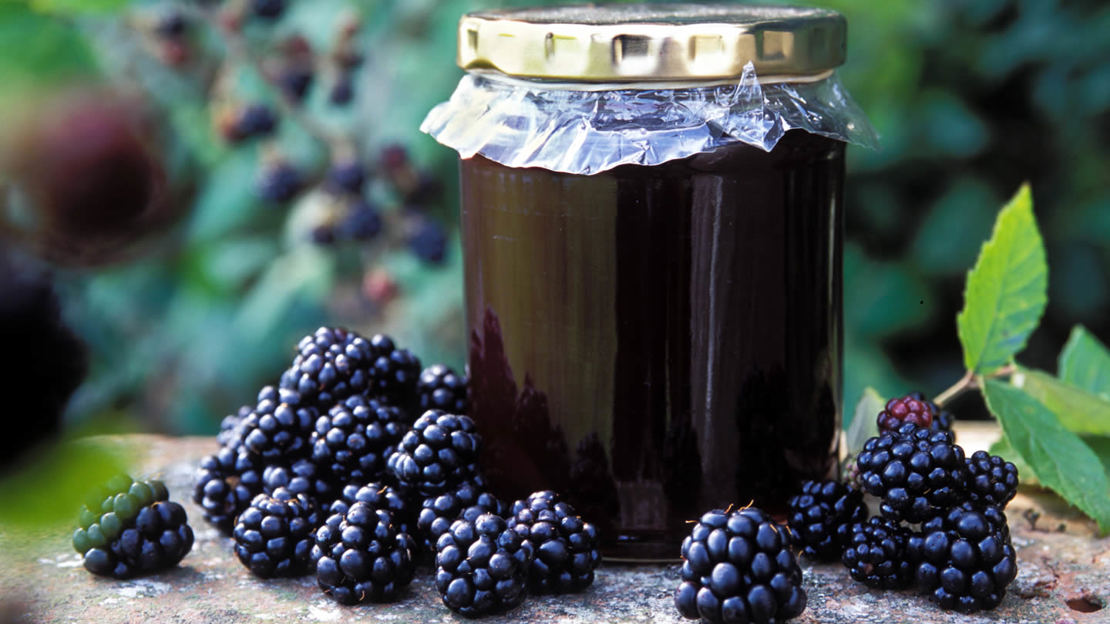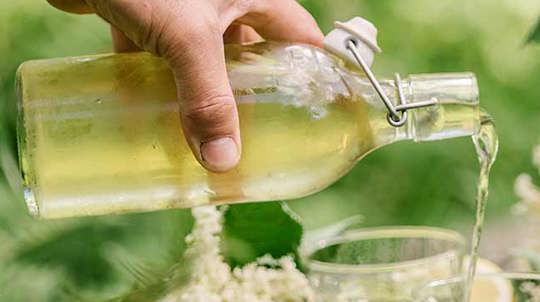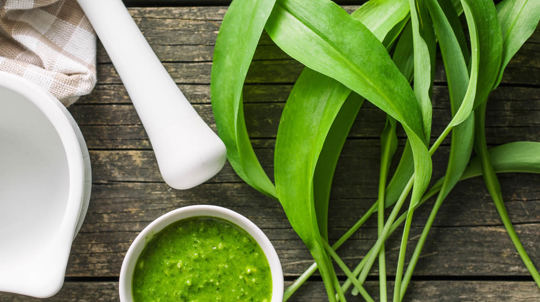Responsible foraging guidelines
Forage sustainably and responsibly, and make sure you stay safe and within the law.

Minimise damage
Take no more than you plan to consume.
Stick to paths and take care not to trample down or damage areas you are collecting from. Uprooting plants is harmful so pick leaves or berries with care, in moderation and avoid damaging plant roots.
Seek permission
On our sites, we do not allow foraging for commercial purposes, only for personal use.
On some of our sites we prefer that you do not forage at all, even for small amounts of fungi or other species. This is on sites that are important for conservation, are habitats for rare or vulnerable species or where there are problems with over-picking. These sites can be identified through signage on site, but please always check before setting off.
Know what you're picking
Never consume a wild plant or fungus unless you are absolutely certain of its identification.
It could be rare and protected, inedible or even deadly poisonous. Use reference books to identify them. Fungi can be notoriously difficult to identify, so if you're unsure it's best to leave alone.
Only collect from plentiful populations
Only collect flowers, leaves, fruits and seeds where they are in abundance.
For fungi, only take mushrooms that have opened their caps (so are likely to have dropped their spores). Do not collect small ‘button’ mushrooms.
Leave plenty behind
Wild food is vital for the survival of the UK’s wildlife.
Forage carefully to ensure there is enough left for birds and species to consume now and to ensure plants and fungi can regenerate and reproduce. You may not be the only person foraging and plants and fungi need to produce seeds and spores to grow into the next generation.
Do not collect rare species
Only take plants and fungi when you are certain you know what they are.
Take a good field guide to confirm species in the field and avoid confusion. Some species are protected by law, so know what not to collect. Ancient woods, in particular, can contain many rare species so take special care. If you're not sure, it's best to leave it alone.
Wild plants and the law
All wild plants are protected under the Wildlife and Countryside Act (1981).
It is illegal to dig up or remove a plant (including algae, lichens and fungi) from the land on which it is growing without permission from the landowner or occupier. Some species are specially protected against picking, uprooting, damage and sale. A list of these can be found on Schedule 8 of the Wildlife and Countryside Act (1981).
Further advice and information
Botanical Society of Britain & Ireland
Natural England – The Countryside Code
Forestry Commission – New Forest Fungi Code Q and As
Scottish Natural Heritage – Scottish Wild Mushroom Code



